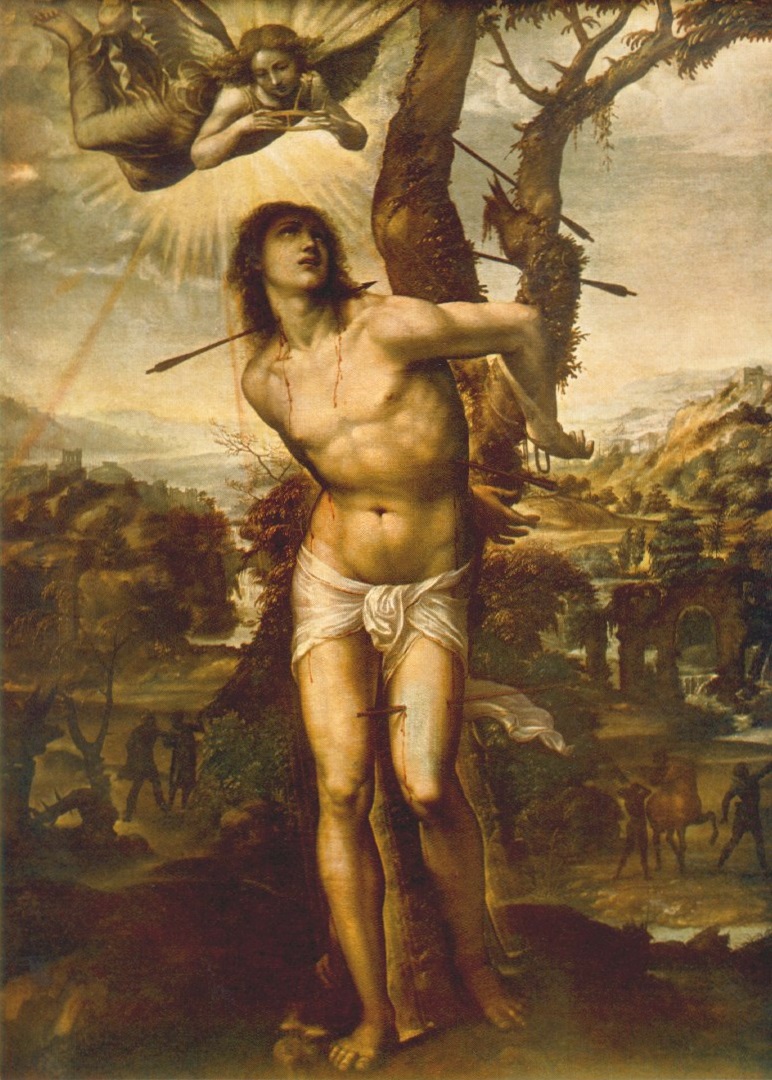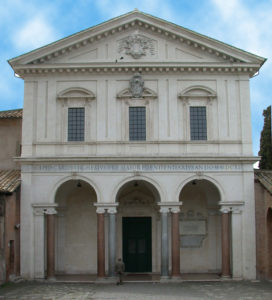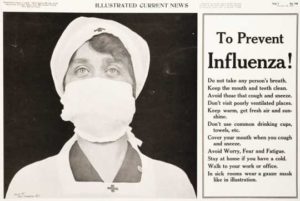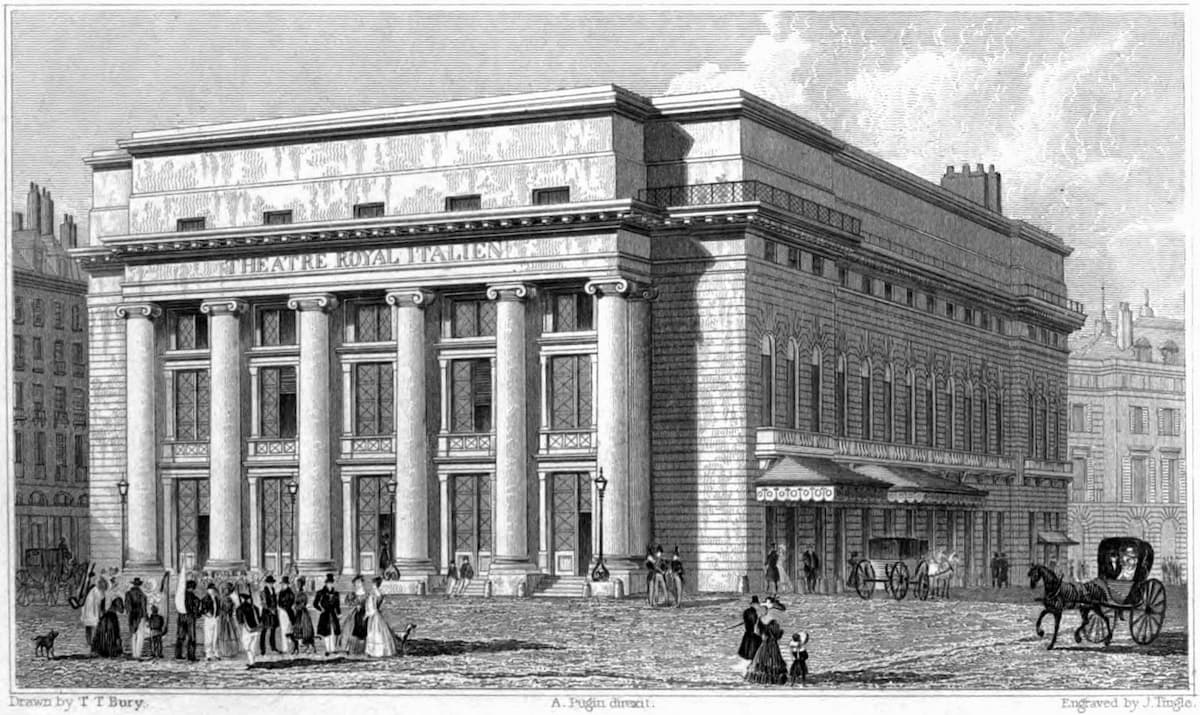
Il Sodoma: Martydom of Saint Sebastian
The Plague was the Medieval world’s pandemic. The 20th and 21st century pandemic is the flu. No black swellings of the lymph nodes for the modern patient, we get lung problems with fever.
St. Sebastian, he of the arrows, was known throughout Europe as the patron saint of the plague. Works dedicated to him are sung prayers for salvation from the dread disease. Although traditionally depicted as tied to a tree and filled with arrows, his followers were able to rescue him and he recovered, only to come to a bad end when he had a chat with Emperor Diocletian about his sins.

San Sebastiano ad Catacumbas
In Rome, his church is San Sebastiano ad Catacumbas, located out on the Appian way.

Lieferinxe: Saint Sebastian Interceding for the Plague Stricken (1497)
(The Walters Art Museum)
His January 20 feast day was the focus of pilgrims by the end of the 4th century. He was made a patron saint of Rome in the 7th century, along with Saints Peter and Paul. St. Sebastian is credited with stopping the pan-Italian plague of 680 when an altar to him was erected in the Basilica of St. Peter in Vincoli (St. Peter in Chains) in Pavia. Another altar to the saint was built at the Church of St. Peter in Vincoli in Rome.
The Franco-Flemish composer Guillaume Dufay (1397-1474) wrote a motet to Saint Sebastian, O sancta Sebastiane, set to an anonymous text that pleads with the saint to save him, saying ‘If you wish, you can make | This plague stop.”
Dufay: O sancte Sebastiane / O martyr Sebastiane / O quam mira refulsit gratia (Huelgas Ensemble; Paul Van Nevel, cond)
The Italian composer Alessandro Grandi (1586-1630) also made a plea to the saint.
Grandi: Sancte Sebastiane (arr. L. Stras) (Musica Secreta)

The Catacombs
In Leiferinxe’s late 15th-century painting, as the plague-stricken fall in the town and are buried in the sky, St. Sebastian, pierced with arrows, pleads to God, while an angel and a demon battle in the sky.
In music written for the Duke of Lerma (1553-1625), a favourite of Philip III of Spain, there’s a motet written to commemorate the saint, Beatus es et bene tibi.

Schiele: Self-Portrait as Saint Sebastian (1915)
But, we shouldn’t think of all plague pieces and imagery as being from the Renaissance. The imagery of Saint Sebastian was carried forward by Egon Schiele, depicting himself in 1915 as pierced the same way.
In 1918, the modern plague was the Spanish flu – carried from Europe to America and then to the rest of the world, it killed more people in 1918-1919 than even in the 4 years of the Bubonic Plague (1347-1351) (see above). A fifth of the world was infected with the 1918 flu and it killed somewhere between 20 and 40 million people. A little nursery rhyme from the late 19th century was resurrected, and shortened:
I had a little bird,
Its name was Enza.
I opened the window,
And in-flu-enza.
This health reminder to 1918 residents is just as valid today!
In Veljo Tormis’ 1974 piece Katkuaja mälestus (Plague Memory) used a text by Jaan Kaplinski that was based on runic verses, but they are framed with his own interjections, such as “That’s all I can recall”. The outer verses tell about the ‘maidens of Mäla’ who walked into the sea, presumably because all their suitors were dead from the plague. The plague verses describe the sickness that ‘walks on village rooftops, prowls in deep forests…’ and takes up everyone. The sea found suitors for the maidens and now you see them flickering in the waves as you walk down seaside road, through the villages empty of all.
Tormis: Katkuaja mälestus (Plague Memory) (Estonian National Male Choir; Ants Soots, cond.)

Influenza awareness in the newspaper (1918)
In 1988, Meredith Monk created a film, Book of Days, about time, drawing parallels between the Middle Ages, a time of war, plague and fear of the Apocalypse, with our modern times of racial and religious conflict, AIDS, and the fear of nuclear annihilation. Her vocal work from the film, Plague, seems sound of the invisible killer that races over humanity.
Monk: Plague (Andrea Goodman; Ching Gonzalez; Meredith Monk; Naaz Hosseini; Nicky Paraiso; Robert Een; Joan Barber; Johanna Arnold; Timothy Sawyer; John Eppler; Wayne Hankin, vocals)
Stay well, wash your hands (try singing a bit of Meredith Monk!) and survive.




